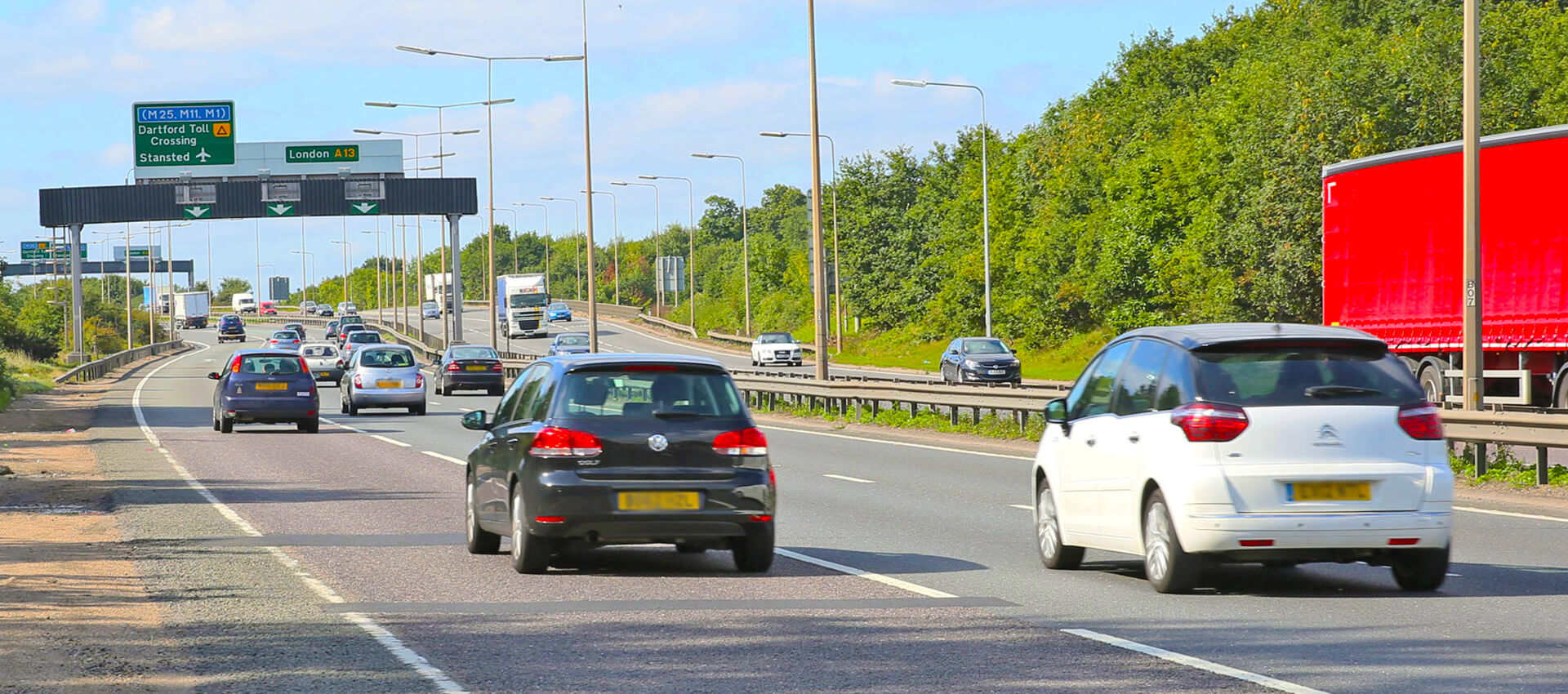How to safely leave the motorway

When you want to leave the motorway, it’s really important you adapt to new driving conditions. The most obvious is likely to be to reduce your speed!
When you leave the motorway, you will often find yourself on A roads, but these will be sign posted accordingly.
Your task is to adapt your driving style to suit the non-motorway conditions, the most obvious of which will be the speed limit.
Unless of course the A road is signed A and M. For example, the A1M is a link trunk road; a dual carriageway, with motorway status, like a sort of motorway in waiting.
If you need to leave the motorway by an exit junction, you will find these sign posted in good time.
They are spaced one mile before, a half mile before, and 30 yards before the exit. These have road numbers and place names, and places accessible from that junction, like campsites, and coast routes, etc.
The junction number will be on the bottom left-hand side of the sign, giving you ample warning of its approach.
You will have plenty of time to see these markers and make plans to exit at the next slip road.
If you miss the junction due to late lane changing or a bad situation which prevents you from moving over in good time, you will have to go to the next junction/exit and turn around or make your way via the normal roads.
Exit slip roads are signed with blue and white striped countdown signs and have three stripes for 300 yards to exit, 2 stripes for 200 yards, and 1 stripe for 100 yards.

On approach to the slip road
When you want to leave the motorway, use your mirrors, make your signal left, usually at the first marker (300 yards) to alert the other traffic of your plans to leave the motorway, and exit the slip road.
You will see somewhere towards the end of the slip road an end-of-the-motorway rules sign.
You are now leaving the motorway and normal or posted rules apply.
Take particular notice of the speed limit when you leave the motorway.
Remember, you have been travelling at a much higher speed, and it seems rather slow to have to reduce your speed to 30 or 40 miles per hour. Be careful you do not allow yourself to break the limit – there are often speed cameras at these locations.
Watch for signs telling you what to expect (read our motorway signs and signals blog for more information).
These signs could be:-
- Dual carriageway
- Speed limit
- Two-way traffic
- Urban clearway
- Link road (literally linking two motorways)
- Traffic lights
- Pedestrian crossings
- Animals
- Villages and town
- Roundabouts
Keep your speed down until you have adjusted.
Look out for normal hazards – ones you don’t get on the motorway like pedestrians, cyclists, horses etc.
There are often sharp curves and bends on slip roads, which often lead to a roundabout or traffic lights and queuing traffic, so look well ahead and drive in an appropriate way.
Things to remember
-
- Make sure you know in advance which exit you need
- On multiple lane motorways you will need to plan early to reach the left lane, and then the slip road. Use your MSM routine each time, and do it safely, one lane at a time – NEVER cross straight over more than one lane at once to get to the exit slip.
- If you miss your exit, carry on to the next one.
For more information about motorway driving, read our other blogs on the subject including: motorway advice for new drivers, motorway signs and signals and how to join the motorway, so be sure to read these too!


